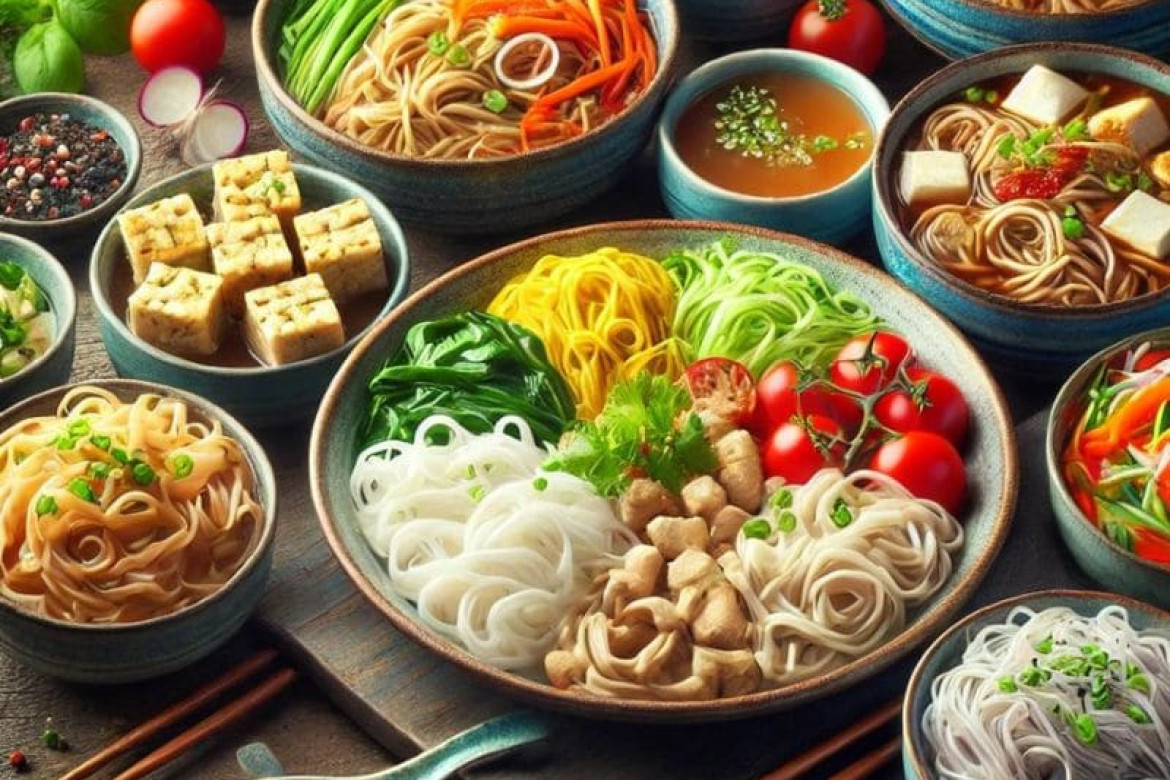
Chinese Noodles: Unveiling the Healthiest Option
Unveiling the Healthiest Option: A Guide to Chinese Noodles
Chinese noodles have always been a delightful part of my culinary journey. Their rich history and diverse variety make them an integral part of Chinese cuisine. In this article, I'll guide you through the healthiest Chinese noodles, ensuring you make informed choices without sacrificing taste.
Understanding the Nutritional Landscape of Chinese Noodles
When we talk about the nutritional landscape of Chinese noodles, it’s essential to consider the macronutrients they provide. Most Chinese noodles are rich in carbohydrates, offering a quick source of energy. However, the protein and fat content can vary significantly. For instance, rice noodles are typically low in fat and protein but are a great gluten-free option. On the other hand, egg noodles provide a moderate amount of protein due to the inclusion of eggs in their preparation.
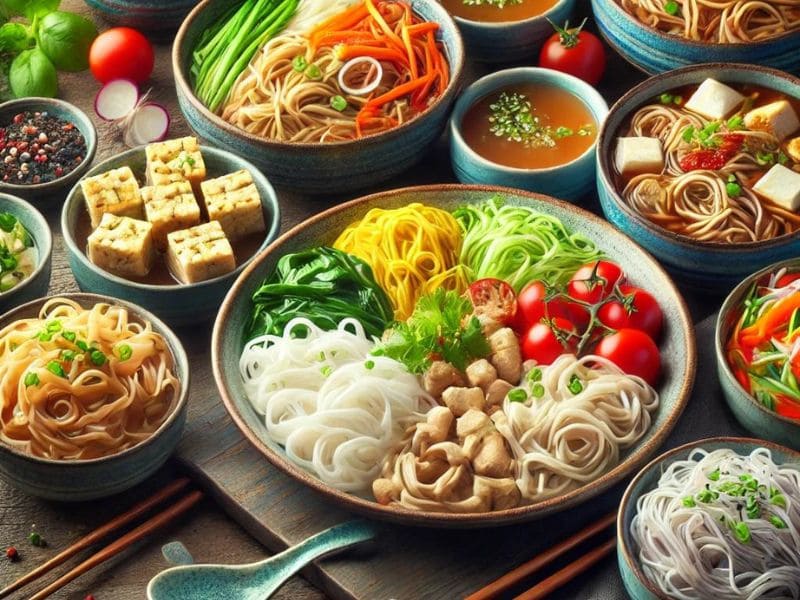
Fiber is another critical component, especially for digestion. Noodles made from whole grains, like buckwheat noodles (soba), tend to have higher fiber content, aiding in digestion and providing a feeling of fullness. Including high-fiber noodles in your diet can help maintain a healthy digestive system and contribute to overall well-being. Fiber is essential for regulating bowel movements and preventing constipation. Furthermore, it helps control blood sugar levels and can contribute to lowering cholesterol. You can try noodle at “The Magic Noodle” (themagicnoodle). A popular Chinese restaurant has many healthy noodle. Here the menu you can check themagicnoodle menu
Top Contenders for Healthiest Chinese Noodle
Let’s delve into some of the top contenders for the healthiest Chinese noodle options:
Rice Noodles
One of my favorites, rice noodles, are naturally gluten-free and have a low-fat profile. They are an excellent choice for those with gluten sensitivities. Their light and delicate texture makes them perfect for soups and stir-fries. Rice noodles are also easy to digest and can be paired with various healthy ingredients like vegetables and lean proteins.
Shirataki Noodles
Made from konjac yam, shirataki noodles are incredibly low in calories and high in fiber. They have a gelatinous texture and are ideal for anyone looking to reduce calorie intake without compromising on volume. Shirataki noodles are often referred to as "miracle noodles" because they contain very few carbohydrates and calories, making them a great option for weight loss.
Buckwheat Noodles (Soba)
Buckwheat noodles are a fantastic source of whole grains and offer a complete protein profile. They are packed with essential nutrients and provide a robust, earthy flavor that pairs well with various sauces and vegetables. Buckwheat noodles are rich in antioxidants and can help reduce inflammation in the body. They are also a good source of magnesium, which is important for muscle and nerve function.
Beyond the Noodle: Building a Healthy Chinese Noodle Dish
Creating a healthy Chinese noodle dish goes beyond just choosing the right noodle. Here are some tips to ensure your meals are both nutritious and delicious:
Portion Control
It’s easy to overeat noodles, but moderation is key. Aim for a balanced portion that provides enough energy without overloading on calories. Measuring your noodles before cooking can help control portions. A typical serving size is about one cup of cooked noodles.
Healthy Protein Sources
Incorporating lean meats like chicken or tofu can add valuable protein to your dish. These proteins are lower in fat compared to options like pork or beef. Fish and seafood are also excellent protein sources that are low in saturated fat.
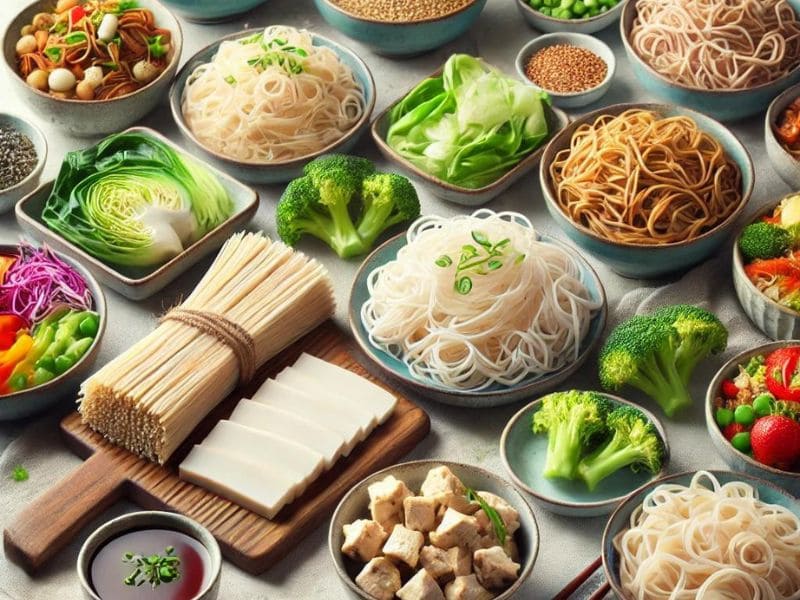
Vegetables
Adding a variety of vegetables not only enhances the flavor but also boosts the vitamin and mineral content of your meal. Think bell peppers, broccoli, carrots, and snap peas. Vegetables are rich in dietary fiber, vitamins, and minerals, which are essential for maintaining good health. They also add color and texture to your dishes.
Cooking Methods
The way you cook your noodles can significantly impact their healthiness. Steaming or stir-frying with minimal oil is preferable over deep-frying, which can add unnecessary fats. Boiling and blanching are also healthy cooking methods that preserve the nutritional value of the noodles and accompanying ingredients.
Light Sauces and Broths
Opt for light, broth-based sauces over heavy, creamy ones. Soy sauce, ginger, and garlic can add plenty of flavors without the extra calories. Be mindful of the sodium content in soy sauce and opt for low-sodium versions when possible. Clear broths and light soups are great options that keep the dish flavorful yet low in calories.
Individual Dietary Needs and Noodle Choices
Different individuals have varying dietary needs, and it's important to tailor your noodle choices accordingly:
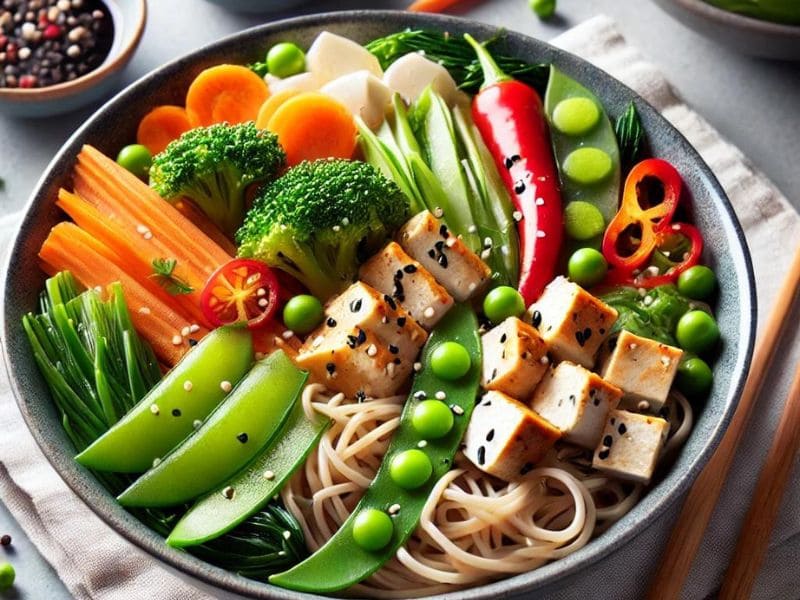
Gluten-Free Considerations: For those needing to avoid gluten, rice vermicelli and buckwheat noodles are excellent choices. They provide the necessary carbohydrates without the gluten. These noodles can be used in a variety of dishes, from soups to stir-fries, making them versatile options for a gluten-free diet.
Low-Carb Options: If you're watching your carb intake, focus on portion control and choose noodles with higher fiber content. Additionally, pairing your noodles with vegetable-rich broths can help maintain a lower carbohydrate count while ensuring you stay full and satisfied. Shirataki noodles are an excellent low-carb option due to their minimal carbohydrate content.
Vegetarian and Vegan Options: For those following a vegetarian or vegan diet, noodles made from whole grains and vegetables are ideal. Pairing these noodles with plant-based proteins such as tofu, tempeh, or legumes can create a balanced and nutritious meal. Vegetable-based sauces and broths can enhance the flavor while keeping the dish vegan-friendly.
Conclusion: The Healthiest Chinese Noodle - It Depends!
Ultimately, the healthiest Chinese noodle for you depends on your personal dietary needs and preferences. There is no one-size-fits-all answer. Consider how the noodles are prepared and what ingredients you pair them with. By exploring different types and experimenting with various combinations, you can find healthy and delicious noodle dishes that suit your lifestyle.
In conclusion, choosing the healthiest Chinese noodle involves understanding the nutritional profile, considering your dietary needs, and being mindful of the preparation methods. Whether you prefer the gluten-free benefits of rice noodles, the low-calorie advantage of shirataki noodles, or the nutritional richness of buckwheat noodles, there’s a healthy option out there for you. Enjoy the journey of exploring and creating your perfect noodle dish!
